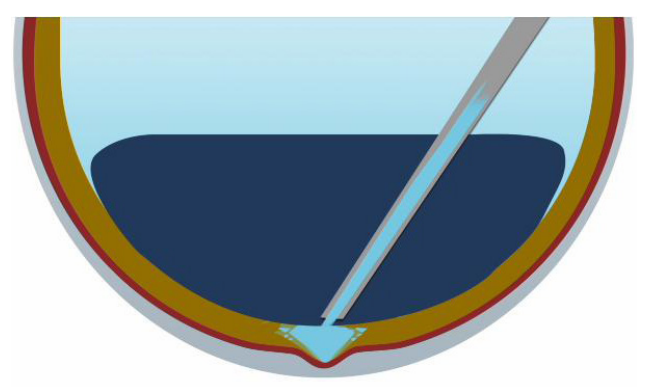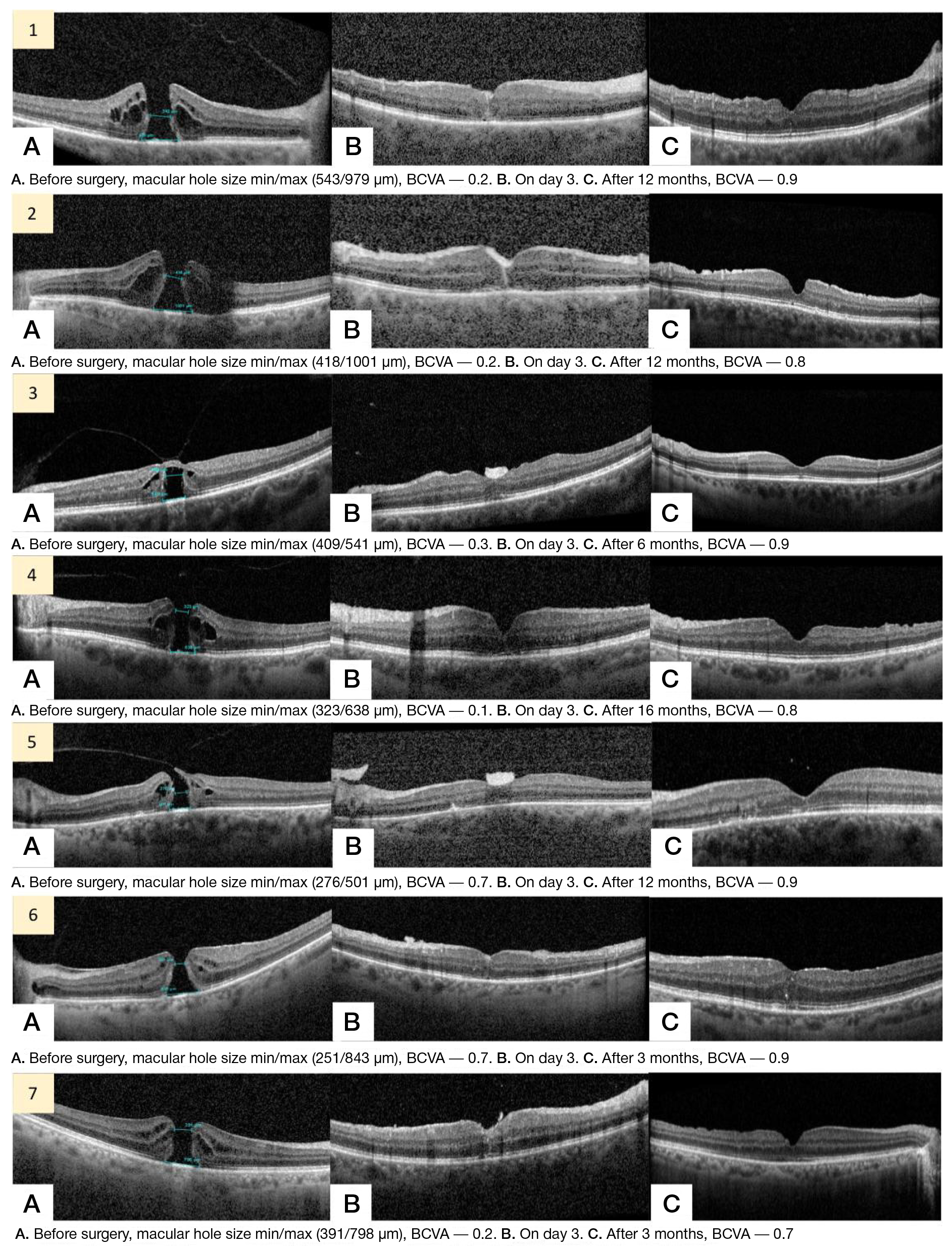
This article is an open access article distributed under the terms and conditions of the Creative Commons Attribution license (CC BY).
METHOD
Foveal microsurgical reconstruction technique for macular hole
Pirogov Russian National Research Medical University, Moscow, Russia
Correspondence should be addressed: Khristo Periklovich Takhchidi
Volokolamskoe shosse, 30, korp. 2, Moscow, 123182, Russia; moc.liamg@1031tph
Compliance with ethical standards: the study was approved by the Ethics Committee of the Pirogov Russian National Research Medical University (protocol № 224 dated 19 December 2022). All patients submitted the informed consent to surgical treatment and personal data processing.





